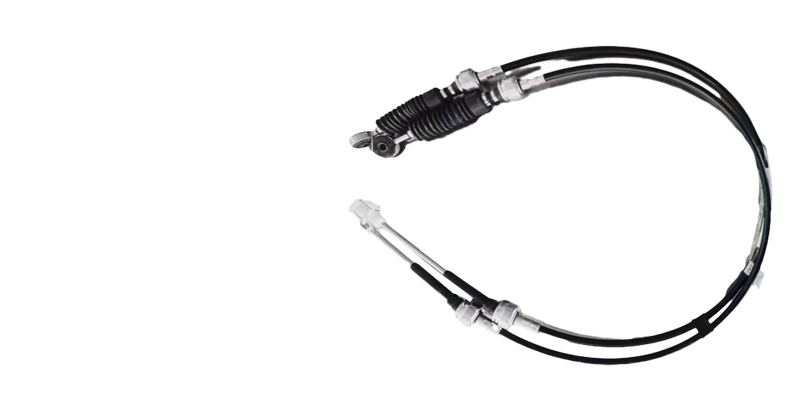hand brake cable
Understanding Hand Brake Cables Function and Maintenance
Hand brake cables, also known as parking brake cables, are essential components of a vehicle's braking system. They connect the hand brake lever or pedal to the brake mechanisms on the rear wheels, allowing the driver to engage and disengage the parking brake effectively. Understanding how these cables work and the importance of proper maintenance can ensure your vehicle operates safely and efficiently.
How Hand Brake Cables Work
When you pull the hand brake lever, the cable tightens, pulling on the brake shoes or calipers on the rear wheels. This action causes friction, which in turn holds the vehicle stationary. The simplicity of this mechanism belies its importance; without a functional hand brake, parking on inclines would become hazardous.
Most vehicles use a system of two cables a primary cable connecting the hand brake lever to a junction, and two secondary cables leading from the junction to each rear brake. This setup allows for even distribution of force, ensuring both rear wheels are adequately secured. It is vital that the hand brake cable operates smoothly and without resistance to ensure effective braking.
Signs of Worn or Damaged Hand Brake Cables
Over time, hand brake cables can wear out due to exposure to elements such as moisture, dirt, and salt from roadways
. Common signs of a failing cable include1. Increased Resistance If you notice that the hand brake lever requires more effort to pull, it may indicate that the cable is frayed or corroded. 2. Inconsistent Engagement If one rear wheel locks before the other, it could suggest that one of the cables is stretched or damaged.
hand brake cable

3. High Brake Lever Position If the lever feels unusually high when engaged, it could indicate that the cables are stretching beyond their intended limits.
4. Noise When Engaging Unusual noises such as grinding or scraping when pulling the hand brake can signal that the cables are malfunctioning.
Maintenance Tips
Regular inspection of hand brake cables is essential for vehicle safety. Here are some maintenance tips
- Routine Checks Periodically inspect the cables for signs of wear, rust, or fraying. Take note of any obstructions or debris that may hinder movement.
- Lubrication Applying a suitable lubricant can help maintain the cable's flexibility and prolong its lifespan.
- Replacement If you notice any significant wear or if the cable is not functioning correctly, it is crucial to replace it immediately. Delaying this can lead to more severe braking issues, compromising safety.
In conclusion, hand brake cables play a vital role in ensuring vehicle stability when parked. By understanding their function and the importance of diligent maintenance, drivers can help prevent potential safety hazards and ensure their vehicles remain reliable on the road.
-
Upgrade Your Vehicle with High-Quality Handbrake CablesNewsNov.01,2024
-
Optimize Your Bike's Performance with Quality CablesNewsNov.01,2024
-
Enhance Your Vehicle's Performance with Quality Clutch ComponentsNewsNov.01,2024
-
Elevate Your Vehicle's Performance with Quality Throttle CablesNewsNov.01,2024
-
Elevate Your Vehicle's Performance with Quality CablesNewsNov.01,2024
-
Affordable Solutions for Your Cable NeedsNewsNov.01,2024
